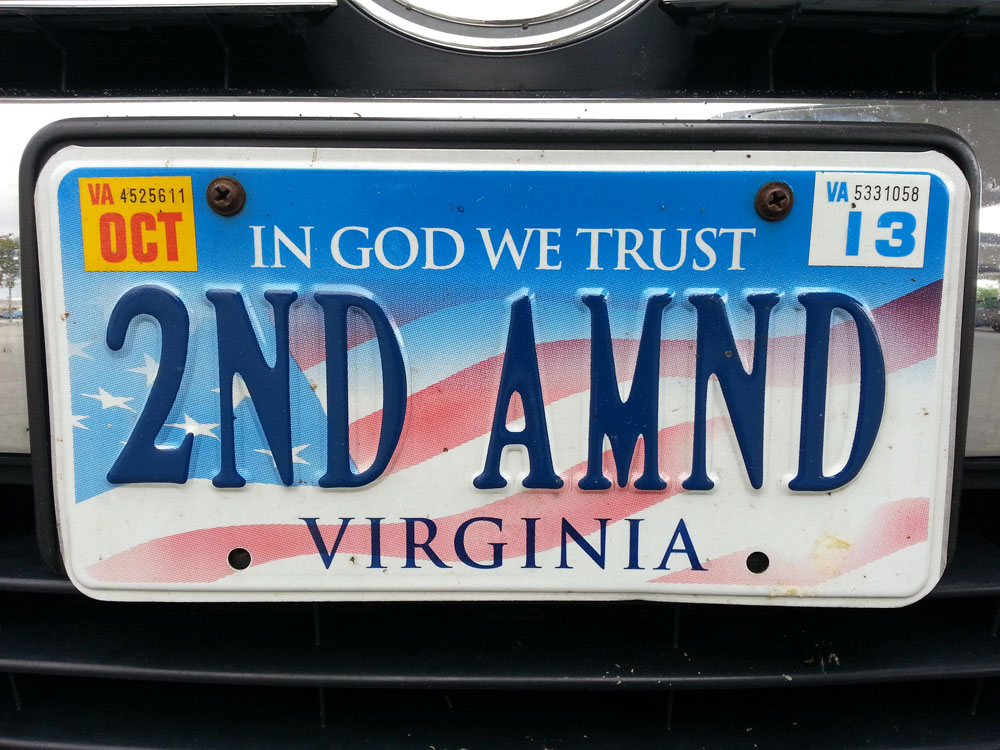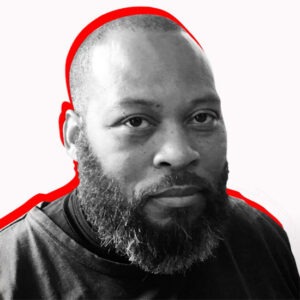
July 19, 2019; The Trace
The leadership of the National Rifle Association (NRA) has been under siege. Allegations of corruption, mismanagement, and self-dealing have been raised by investigative reporters, state regulators, and concerned insiders. Officers and longstanding senior executives have been purged. NPQ’s coverage has followed the emerging story of a significant nonprofit trying to deal with its internal problems.
Throughout the controversies, one thing has remained steady: Despite accusations of wrongdoing, the organization’s board leadership and many of its key donors remain loyal to CEO Wayne LaPierre. In many ways, the board has ignored its key responsibility to safeguard the organization and protect it from itself.
But a recent article from The Trace, the nonprofit news site that only covers issues related to gun violence, indicates that support for the NRA’s leadership is far from universal. A reform group called Save the Second has emerged, which is challenging LaPierre and his allies.
Rob Pincus, a spokesperson for Save the Second, a group set up by NRA members who are seeking to reform the nonprofit from within, outlines the group’s proposals, which include shrinking the board from its unusually large size of 76 members to 31 members, as well as the creation of term limits and attendance requirements for directors.
It is clear, too, that the Save the Second reform faction has support of at least some NRA board members, including Sean Maloney, Timothy Knight, Esther Schneider, Allen West, and Duane Liptak, each of whom have spoken out against what they see as NRA leadership excesses, as has major NRA donor David Dell’aquila. Speaking to Danny Hakim of the New York Times earlier this month, Dell’aquila, who has donated over $100,000 to the NRA, said that the NRA’s internal conflicts have “become a daily soap opera and it’s decaying and destroying the NRA from within, and it needs to stop. Even if these allegations regarding Mr. LaPierre and his leadership are false, he has become radioactive and must step down.”
Dell’aquila has also pledged several million of his estate as bequest to the NRA. Dell’aquila also claims, writes Hakim, that he is “part of a group of donors that collectively have pledged $134 million [now $162 million], much of it earmarked years in advance through estate planning, and would soon give the gun group’s board a list of demands for reform.” Since Dell’aquila spoke out, other donors such as Jeff Swinford and various pro-gun contributors have added their voices to the effort.
Sign up for our free newsletters
Subscribe to NPQ's newsletters to have our top stories delivered directly to your inbox.
By signing up, you agree to our privacy policy and terms of use, and to receive messages from NPQ and our partners.
Dell’aquila demands a downsizing of the board similar to that advocated by the Save the Second group; he has also called for Christopher Cox, the longtime NRA lobbyist who LaPierre recently forced to resign, to be made the NRA’s new chief executive.
Clearly, the forces for change at the NRA are growing. That said, NRA dissidents face many obstacles. As Alex Yeblon explains in The Trace, “In the same closed-door session in which [president Carolyn] Meadows was elected president, the NRA amended its bylaws to require any board nominee to have held a lifetime membership for at least five years. As it is, recommendations for board seats have long been controlled by the nominating committee, which is tasked with approving all candidates except the small minority that NRA members select through a petition process.” Once nominated, elections allow only lifetime members of five or more years to vote, limiting the voting base and limiting the potential for upstarts to rock the boat.
Additionally, board members, including those cited above, who have challenged LaPierre have found themselves kicked off of committees they had served on. One member who had previously served on five NRA board committees “received a letter…informing him that he had lost all but one assignment. ‘I have ended up on the ‘naughty list,’ he wrote on Facebook.”
LaPierre loyalists seek to keep control. Former NRA president Marion Hammer spelled out what the controlling leadership expected from board members and defended the purging of dissenting voices from active rolls on the board: “The NRA finds itself under attack…those who didn’t get an assignment might want to consider whether or not they want to help us save the Second Amendment or continue on a course detrimental to NRA and our mission.”
There are further obstacles to reform. For example, it requires a three-quarters vote of the Board’s 23-member executive committee to remove officers and executives.
As we learn more about the inner workings of the NRA, we find a textbook case for the importance of an independent board that understands its responsibilities. At this point, of course, it is hard to say whether the NRA dissidents will prevail or if LaPierre and his allies will hold on. What is clear, however, is that for the NRA’s board to do its job of ensuring a “sustainable future by adopting sound, ethical, and legal governance and financial management policies,” it will need to make a major cultural shift.—Martin Levine and Steve Dubb













